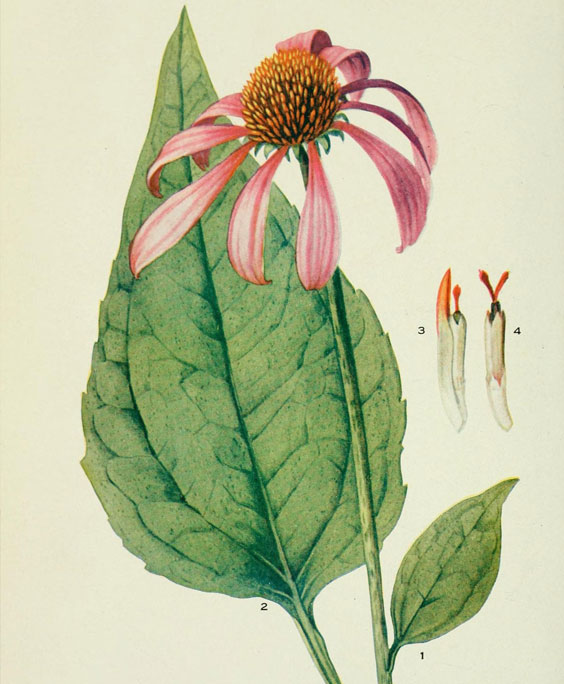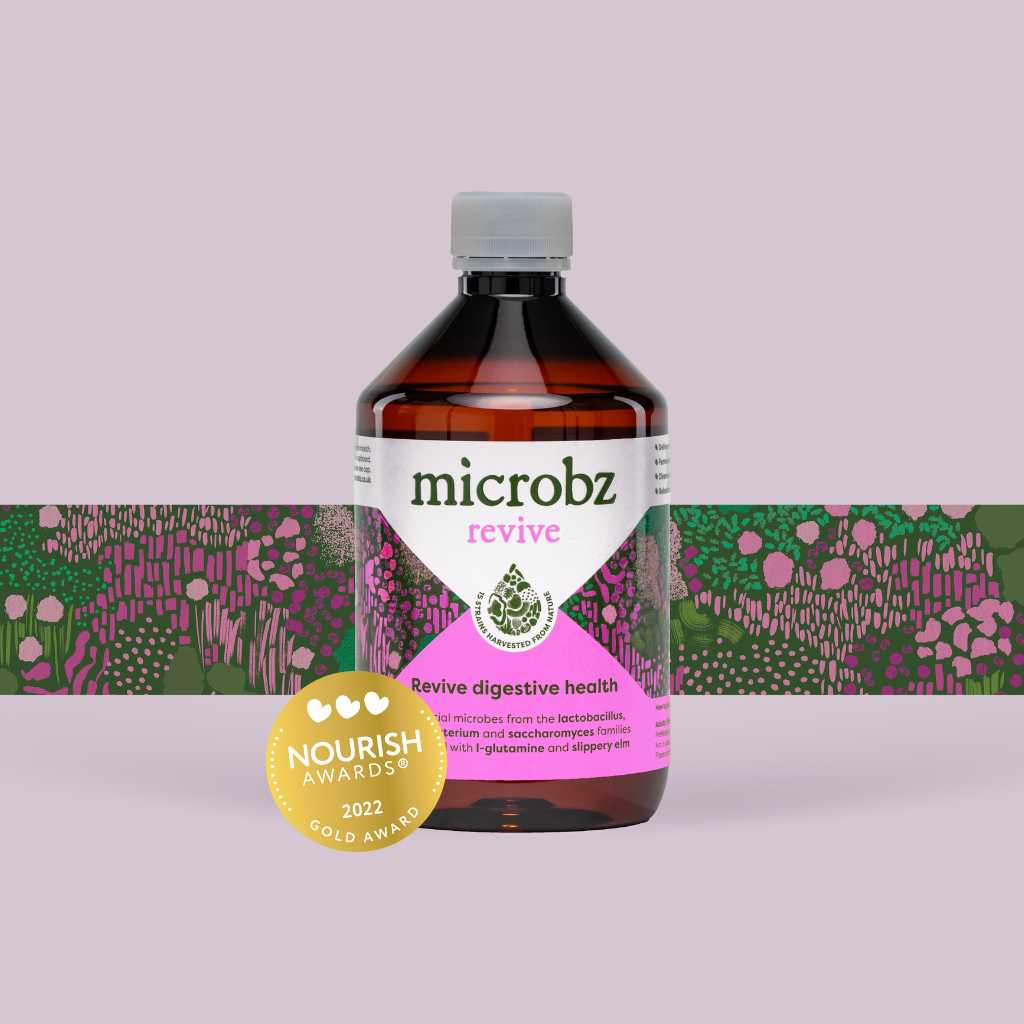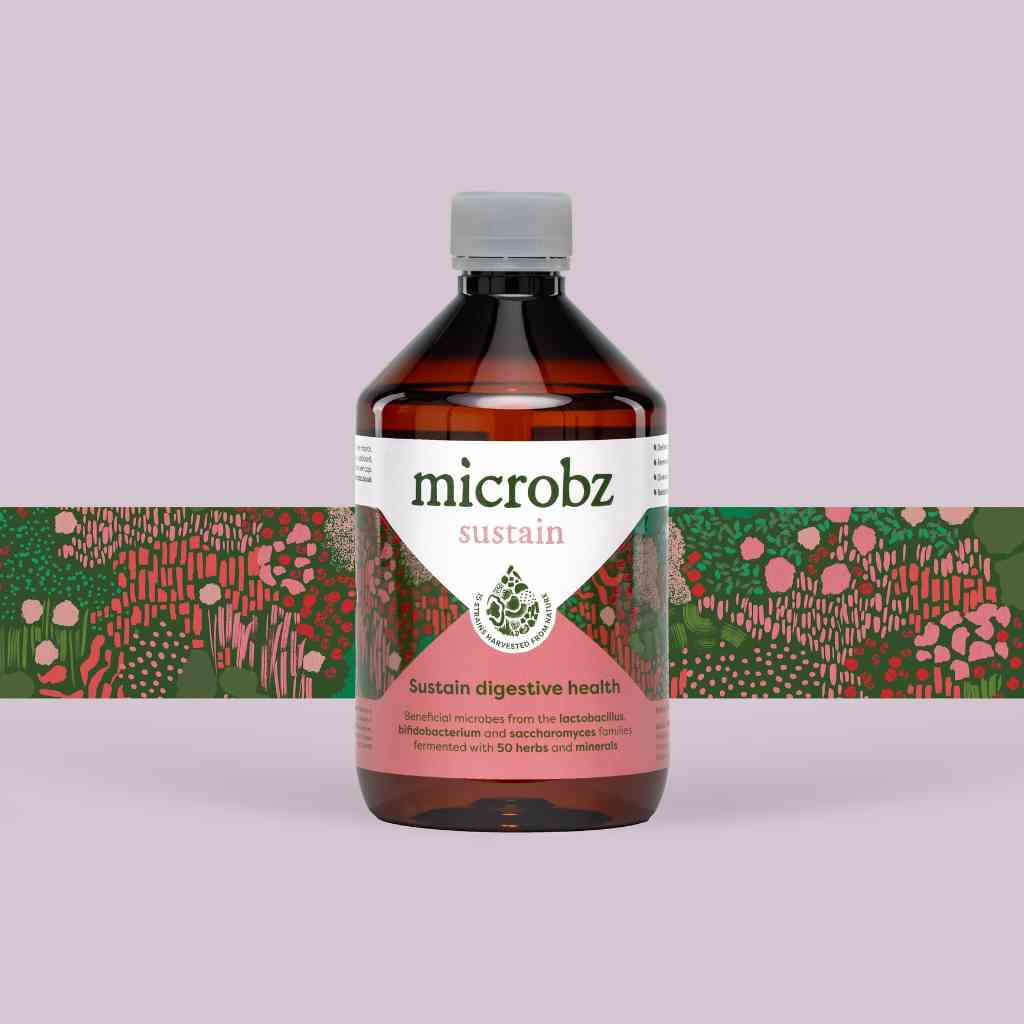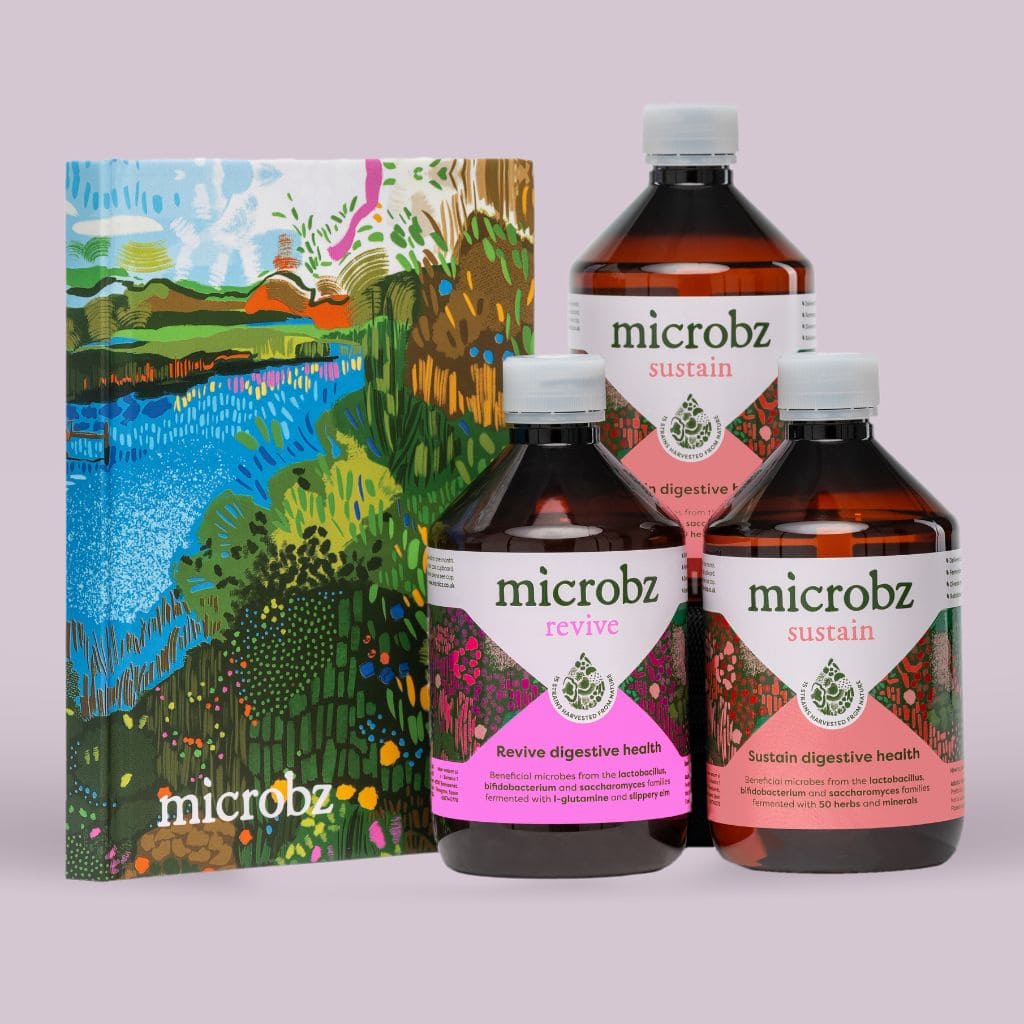History
Parts used:
The fresh or dried root harvested after flowering is over.
Constituents (bio available chemicals):
Alkylamides: mainly isobutylamides (which cause characteristic tingling in the mouth). Caffeic acid esters; including echinacoside. Cynarin. Essential oil: polyacetylenes, polysaccarides and non-toxic pyrrolizidine alkaloids.
Nutritional constituents:
Vitamins: A, C and E. Minerals: iron, iodine, copper, potassium and sulphur.
Indications:
Allergies/sensitivities, auto-immune disease, boils, sinusitis, chemotherapy (to minimise side-effects), common cold, herpes simplex, immune deficiency, viral and bacterial infections, inflammation in connective tissue, influenza, post-viral syndromes, septicemia (mild), skin disorders, tonsillitis, wounds internally and topically.
Dosage:
Liquid extract (1:2): 20 – 40ml per week. Decoction/infusion of dried herb: 0.5 – 1g 3 x daily.
British Herbal Pharmacopoeia
Boils, carbuncles and abscesses.
Cautions for therapeutic doses
In fluid extract, good quality can cause excessive salivation. Caution for those with a tendency to allergic reactions, especially to Asteraceae. Minimal risk with root preparations.




